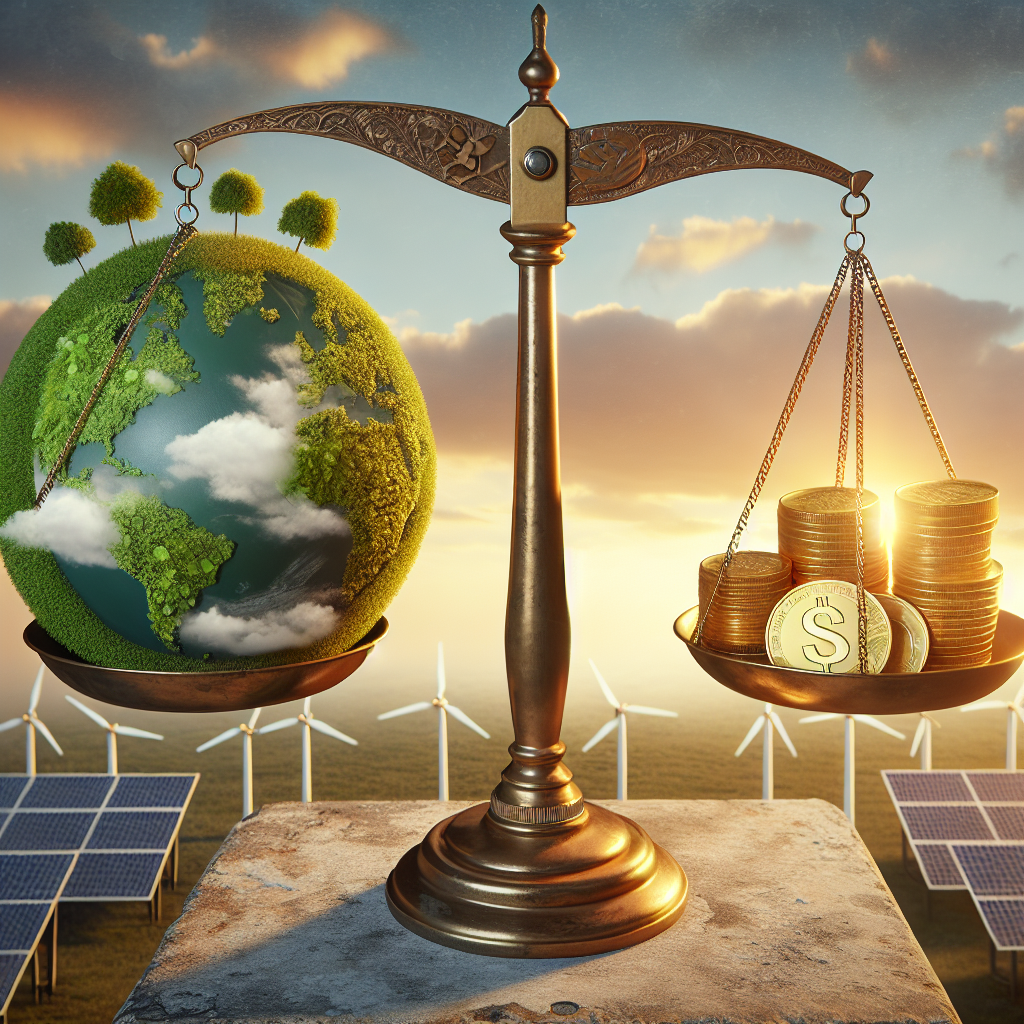Funding the Future: COP29's Climate Finance Goals
Nearly 200 countries will gather at the U.N. COP29 climate summit in November to set new global climate finance goals for funding projects to curb emissions and cope with extreme weather. Major discussions focus on the amount needed, who should pay, and the role of public versus private funding.

Nearly 200 countries will try to agree a new global goal for funding to fight climate change at this year's U.N. COP29 climate summit in November in Baku, Azerbaijan.
Preparatory talks among countries' climate negotiators, due to finish on Thursday in Bonn, Germany, have laid bare the rifts between governments over who should pay, and how much. Here's where things stand.
WHAT IS BEING DISCUSSED? Climate finance is money that large economies provide to help poorer countries invest in projects to curb greenhouse gas emissions, and cope with the worsening extreme weather unleashed by climate change.
In 2009, developed countries agreed that from 2020 to 2025 they would transfer $100 billion a year in such funds. The task for negotiators in this year's U.N. climate talks is to set a new goal to replace the $100 billion from 2025. HOW MUCH IS NEEDED?
Worsening climate change and lagging clean energy investments in developing nations mean estimates for the funds needed have ballooned in size since countries agreed the first climate finance goal. The U.N. points to an independent report from 2023 which estimated $2.4 trillion of investments per year are needed by 2030 in developing countries - excluding China - to meet climate goals and protect their societies from extreme weather.
That would be a four-fold increase from current levels. It includes public finance, as well as private finance and funding from sources including development banks. Ahead of COP29, some countries have proposed numbers for the new goal.
The Arab group of countries, which includes Saudi Arabia, the UAE and Egypt, suggest a U.N. target of $1.1 trillion per year, with $441 billion coming directly from developed country governments in grants. India, African countries and small island nations have also said more than $1 trillion should be raised per year, but with mixed views on how much of this should come from government coffers.
Discussions are circling around the idea of a two-layer goal: combining a bigger outer goal that includes all global climate finance - from development bank loans, to private funding - and a smaller, core target for public money from wealthy countries' governments. The developed countries expected to take the lead in providing the funding have yet to suggest a number they would accept, although the U.S. and EU each say the new goal must exceed the previous $100 billion target.
WHO PAYS? Currently, only a few dozen wealthy countries are obliged to provide climate finance. That list of financing nations was decided during U.N. climate talks in 1992, and hasn't been changed since.
The EU and U.S. say that list is outdated, and want to add a new donors including China, the world's second-biggest economy, and countries with high GDP per capita, such as Qatar, Singapore and the United Arab Emirates. Beijing has firmly opposed this. The question of which countries must pay is expected to be a core issue at COP29.
U.N. climate talks take decisions by consensus, meaning none of the nearly 200 countries involved can oppose a deal. WHAT IS CLIMATE FINANCE?
Today, most public climate finance is loans, with a smaller share of grants, OECD data show. Other types of funding counted include private finance mobilised by governments, export credits, and support from development banks. Some countries suggest defining what climate finance is not. Loans provided at market rates, export credits - neither of these should count, negotiators from small island countries have argued in Bonn this week, citing concerns that climate funding offered as loans is pushing poorer nations further into debt.
Countries in Bonn also discussed whether commitments to cut fossil fuel subsidies could be reflected in the climate finance goal - a proposal resisted by oil and gas producers including Oman. With public budgets stretched, countries are hunting for new sources of funding. Ideas set to be discussed at COP29 include taxes on the fossil fuel and defence sectors, and debt swaps where part of a country's debt is forgiven, in exchange for the country investing more in addressing climate change.
(This story has not been edited by Devdiscourse staff and is auto-generated from a syndicated feed.)










